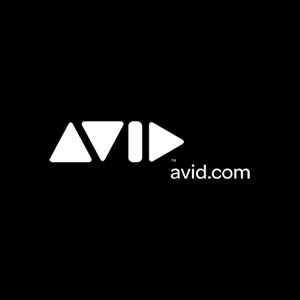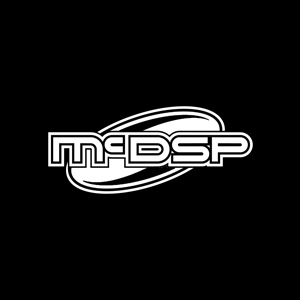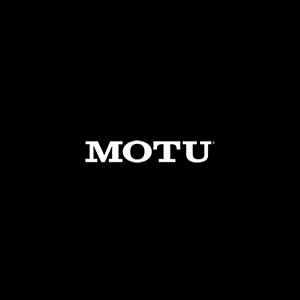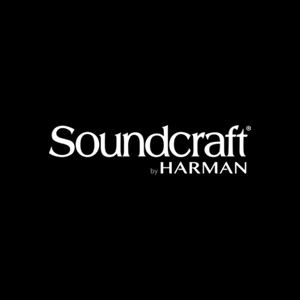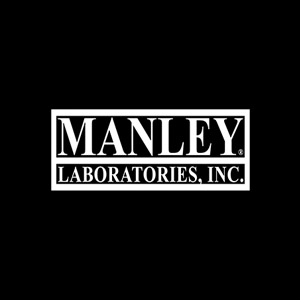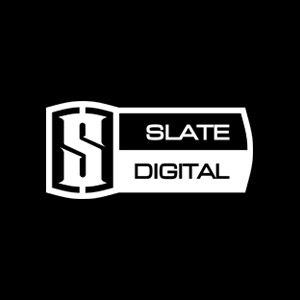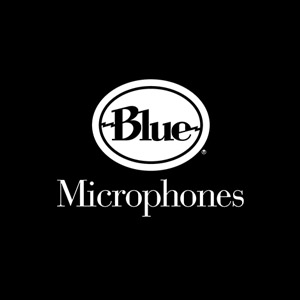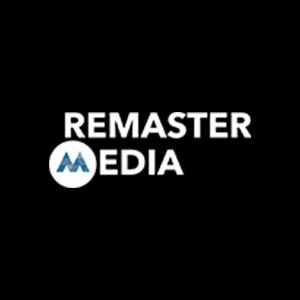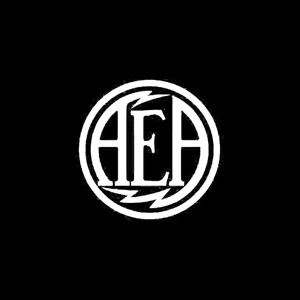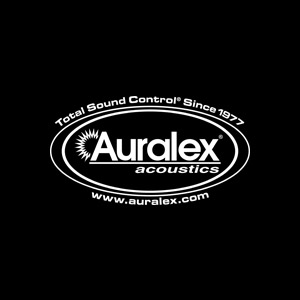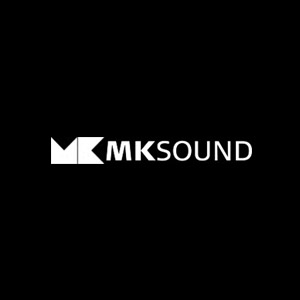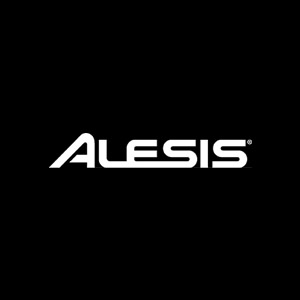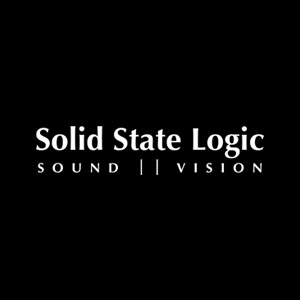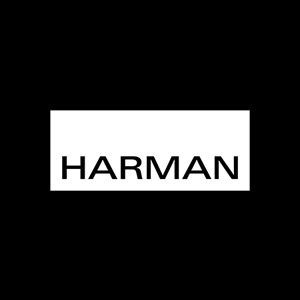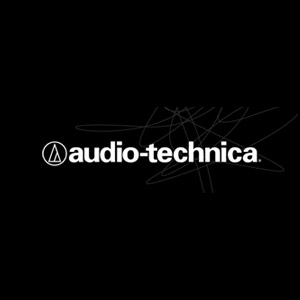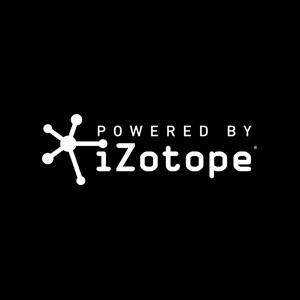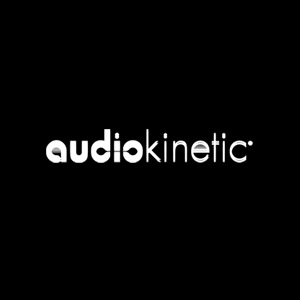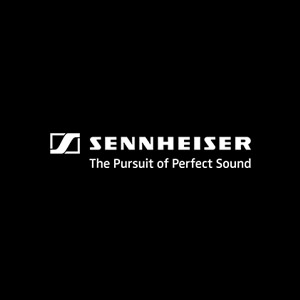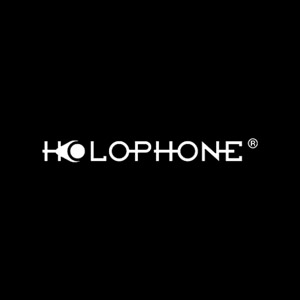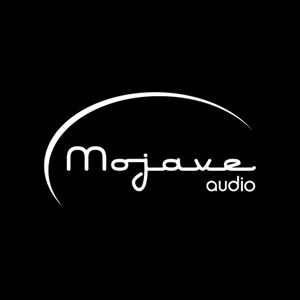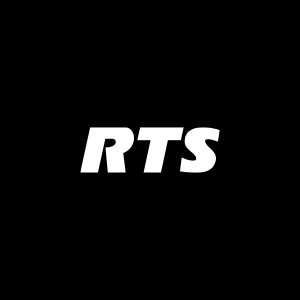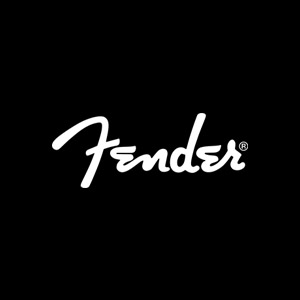Rick Wilkinson and Bob Kostlan of Austin Ribbon Microphones Conduct DIY Ribbon Mic, and Guitar and Bass Pedal Build; Dave Royer of Royer Labs Also Attended to Assist in the Mic Build
We are proud to announce that it has once again partnered with Austin Ribbon Microphones for a DIY clinic for the school’s student section of the Audio Engineering Society. This time, the event was also a first as Rick Wilkinson and Bob Kostlan of Austin Ribbon Microphones, and Dave Royer of Royer Labs and Mojave Audio conducted not just a mic build, but guitar and bass pedal builds as well, during the Aug. 28-29 workshops. As always, the students keep what they build.
“We’ve done builds at CRAS with Rick Wilkinson and Austin Ribbon Mics every year that I have been here,” explained David Kohr, CRAS AES Faculty Advisor. “Events like these present opportunities to students that help make their CRAS experience so much more unique. And now, as if building your own ribbon mic wasn’t cool enough, you can build your own guitar pedal as well. This provides affordable options for every budget to be able to participate in these DIY builds. With kits ranging from $99, I highly recommend that other educators reach out to Austin Ribbon Mics and set up builds for the students at their schools, as well.”
This unique opportunity is not lost on those attending the event. “Dang, I actually built this,” said CRAS student Beattie Therrell.
The first workshop included building the AustinDrive guitar pedal. The concept for this workshop was designed during a previous road trip to CRAS by Wilkinson and Kostlan, who is also a professor at San Diego City College. The AustinDrive pedal is a springboard into understanding the design and functions of guitar pedals and their components. CRAS students built the basic circuit board, then swapped-in and auditioned resistors, capacitors, diodes, and amplifier chips to design their own sound, guided by Wilkinson and Kostlan. Some students chose components to make overdrive pedals, others made distortion pedals, and several made bass fuzz pedals, simply by learning about, then installing and listening to different components included in the kits.
“Being trained on industry standard products that are utilized in real-world applications is ideal for audio engineering students…but actually building your own gear, now including guitar and bass pedals, with the help of industry professionals is an experience most will never be able to say that they have participated in,” said Kirt Hamm, CRAS administrator. “We are continually thankful to Rick, Bob, and Dave for their dedication in helping educate our students year after year.”
The following morning, Royer joined Austin Ribbon Microphones, students and faculty for a ribbon mic build. A true “Do It Yourself” build, students hammered and formed the screens, soldered the connectors, cut and corrugated the thin ribbon foil, and assembled the microphone body.
“I have produced sound design for Disney, Netflix, Hulu, Sony Pictures, HBO, and MTV, but none of it compares to the excitement of building my very first ribbon microphone from the ground up with the guidance of Rick Wilkinson,” said CRAS instructor Rick Allen. “I have decades of experience using ribbon mics, but I can honestly say after this build that I understand the science of a ribbon mic better than ever before.”
Added CRAS instructor Gerald Schoenherr, “I’ve built many guitar pedal kits over the years and the unique thing about Rick Wilkinson’s ‘AustinDrive’ kit is that Rick actually explains what each of the components do and how they affect the sound. So, instead of just soldering together a circuit board you actually learn something. The fact that the major components are placed in a socket makes swapping parts out and experimenting with your tone relatively easy. The build is very organized and Rick is a great teacher. This would be an ideal first build for any aspiring engineer.”
That evening, Royer continued his visit with students by presenting an audio “world tour” showcasing epic recordings made with Royer and Mojave microphones from around the world, including incredible thunder and lightning, exotic instruments and ensembles, plus Harley-Davidson motorcycles, and freight trains. Almost an hour of Q&A followed on a broad range of topics, with discussion and stories about the techniques used in the recordings, the design of the microphones and recording devices, and the business of making equipment for the music industry. For the students who attended, the CRAS AES chapter sponsored a giveaway of recording equipment after the presentations.
“The builds at CRAS are always fun and educational…but Sunday morning we returned to CRAS to discover several students modifying and fine-tuning their guitar pedals without any guidance from us,” said Wilkinson. “As an instructor, that absolutely made my weekend. It was awesome to see the students had gained enough confidence to take apart, troubleshoot, and modify guitar pedals after just one session.”
Austin Ribbon Microphones invents and manufactures educational DIY audio kits and soldering tools, and runs in-person and remote “virtual” workshops for guitar pedals, microphones and preamplifiers. Visit AustinMics.com and TheHotHolder.com.
The Conservatory of Recording Arts & Sciences is composed of two nearby campuses in Gilbert and Tempe, Ariz. A CRAS education includes broadcast audio, live sound, film and TV audio, music, and video game audio, all taught by award-winning instructors who have all excelled in their individual fields, including sound reinforcement, audio recording and production, digital recording, troubleshooting/maintenance, and music business.
CRAS structured programs and highly qualified teaching staff provide a professional and supportive atmosphere, which is complemented by its small class sizes allowing for individual instruction and assistance for students in engineering audio recordings. CRAS has been providing quality vocational training in audio recording for more than three decades. The curriculum and equipment are constantly being updated to keep pace with the rapid advancements in the music and sound recording industries. CRAS’ course offerings and subject matter have always centered around the skills and knowledge necessary for students’ success in the audio recording industries.
The 11-month program is designed to allow every student access to learn and train in all of the Conservatory’s studios which are comprised with state-of-the-art audio recording and mixing gear, the same equipment used in today’s finest studios and remote broadcast facilities, including Pro Tools Ultimate, API Legacy consoles, SSL AWS consoles, Studer Vista consoles, and much more. All students must complete a 280-hour industry internship to graduate from the Master Recording Program II that may ultimately lead to industry employment.

